Once again our main goal was to determine the provenance of the stone types used for the wall and floor veneer of Sagalassos. Whereas the wall veneer was the primary subject of research during the previous two seasons, this year special attention was given to the floor revetment. During the campaign of 2008 the opus sectile floor of the Apodyterium and Frigidarium II of the Roman baths of Sagalassos was already examined. This year a closer look was taken at some of the mosaic floors of Sagalassos. For the public bath building the stone types of a section of the mosaic floor of Frigidarium I were determined macroscopically. Samples were taken for future archaeometric research at Centre of Archaeological Sciences (CAS) in Heverlee. Whereas most of the floor was made up of dark grey to dark green sandstone and local white, beige and pink limestone, a small proportion of the tesserae consisted of other more precious materials. Striking was the discovery that a limited amount of fragments of wall veneer and sham architecture had been reused in the mosaic floor as tesserae. Fine-grained white and grey marble were most common, but also cipollino verde, pavonazetto, kaplan postu, alabaster, schist, tuffo and even ceramics were used to lay out the mosaic floor. Most remarkable was the use of fragments of an inscription as tesserae. The fragments were only a few centimetres in diameter and only contained a few letters. According to our epigraphy expert, Prof. Dr. Werner Eck from the University of Köln in Germany, the small, regular letters hint at a date in the 2nd century AD. Possibly the letters belong to a poem from which parts have already been discovered during previous campaigns. One large fragment of the inscription was reused as a wall veneer slab in one of the bath tubs of Frigidarium II, while other parts have surfaced in the debris of the bath building.
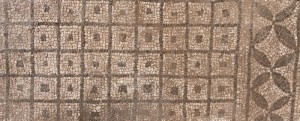
Figure 1: Section of the mosaic floor of Frigidarium I
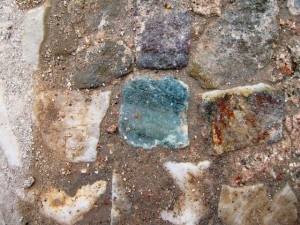
Figure 2: Cipollino verde tessera of the mosaic floor of Frigidarium I
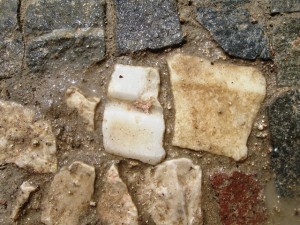
Figure 3: Sham architecture fragments used as tesserae in the mosaic floor of Frigidarium I
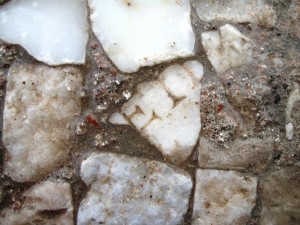
Figure 4: Tessera with letters from an inscription in the mosaic floor of Frigidarium I
Whereas other materials were used in limited amounts for the floor of Frigidarium I, this was not the case for the mosaic floor discovered this year to the southeast of the Bouleterion on the Upper agora. With the exception of a few (grey) marble tesserae, only sandstone and limestone have been the material of choice for this mosaic floor.
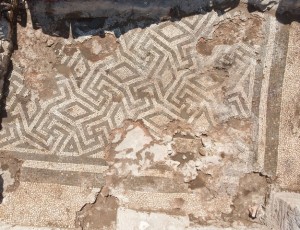
Figure 5: Mosaic floor to the southeast of the Bouleterion on the Upper Agora
Furthermore, tesserae as well as mosaic floor fragments originating from the floor revetment of the large urban mansion of Sagalassos were examined. Also here local limestone was mainly used for the white and light coloured tesserae, while local sandstone was the type used for the dark coloured tesserae. As for the other colours of the floor locally quarried chert was used for the purple, yellow and coral red tesserae. Aside from chert, sandstone and limestone, once again limited amounts of grey and white marble as well as red and brown slipped pottery were applied as tesserae.
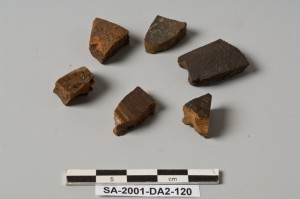
Figure 6: Tesserae made of small pottery fragments
As for the wall revetment once again the Roman bath building was the main focus of research. This year also revetment from Caldarium I and Caldarium II was examined, as well as the wall veneer from the Apodyterium, Frigidarium II and the heated passageway between the Apodyterium and Caldarium II. The stone types found at both the caldaria are similar to the ones used for the Apodyterium and Frigidarium II. With the exception of cipollino verde, which was not found in similar large quantities, the usual stone types, such as pavonazetto, Afyon ÅŸeker, Afyon gri and kaplan postu, were all well represented in the caldaria.
This year also the clamps – small metal pins which keep the marble wall revetment slabs as well as the different elements of sham architecture in place – got our attention. First of all an effort was made to locate all the clamps, as well as the clamp holes, which still remain in situ in the Apodyterium, Frigidarium II and the heated passageway. As such, patterns can be discerned, which may lead to a reconstruction of the wall veneer itself. Moreover, the technique of the use of clamps itself was examined. Striking was the use of stone to wedge the metal clamps.
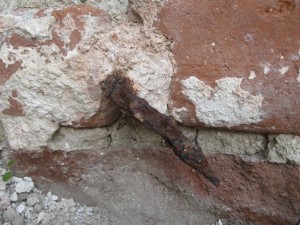
Figure 7: Clamp in situ at the Roman baths
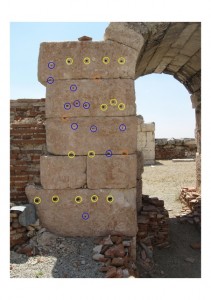
Figure 8: Clamps in situ at the Roman Baths
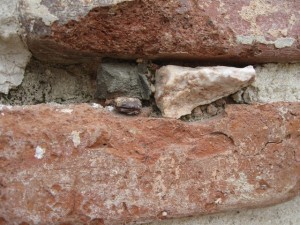
Figure 9: Clamp in situ wedged by stone at the Roman Baths
Finally, this year visits have been made to several archaeological sites, with the intention to get a better idea of the stone types used for wall and floor veneer at other sites. The most important sites this year were Aphrodisias and Ephesos. The visits have made clear that most stone types used for wall and floor veneer at Sagalassos, can also be found at these sites. Some stone types though, such as africano or cipollino rosso, are almost completely absent at Sagalassos. Apart from the sites themselves, also the quarries in the vicinity of these ancient towns and cities have been visited. This year the most important visit was the one to the quarries of Hasançavuşlar, near Ephesos. At this quarry a variety of the so-called Greco scritto can be found. The Greco scritto used for the wall and floor veneer at Sagalassos most probably originates from this quarry.
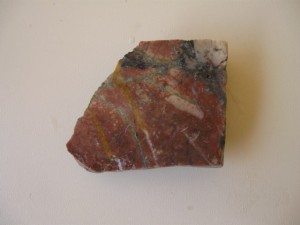
Figure 10: Africano wall veneer fragment
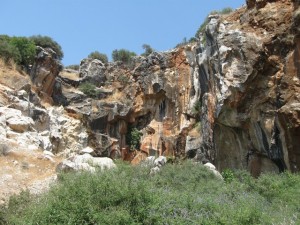
Figure 11: The quarries of Hasançavuşlar near Ephesos
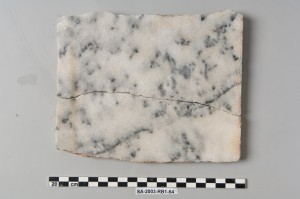
Figure 12: Greco scritto wall veneer fragment

